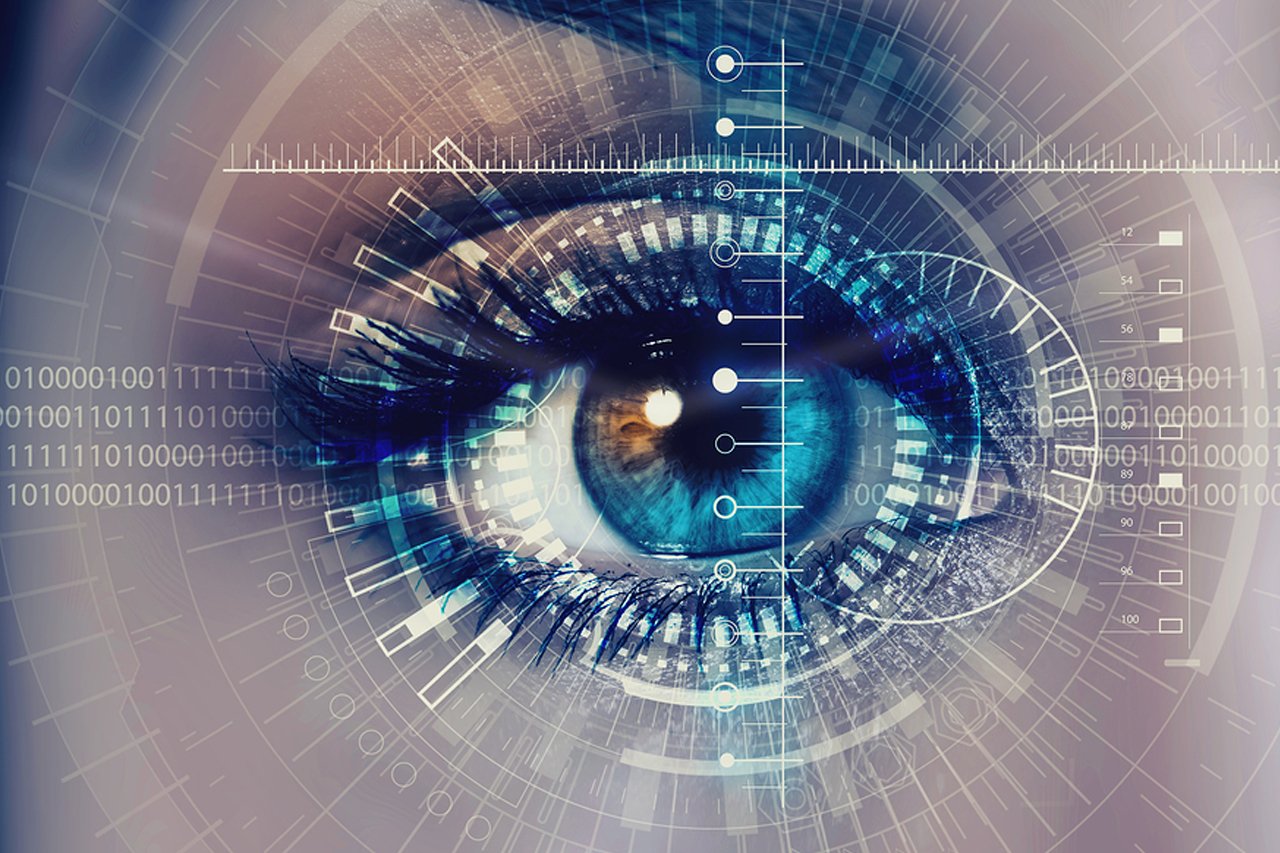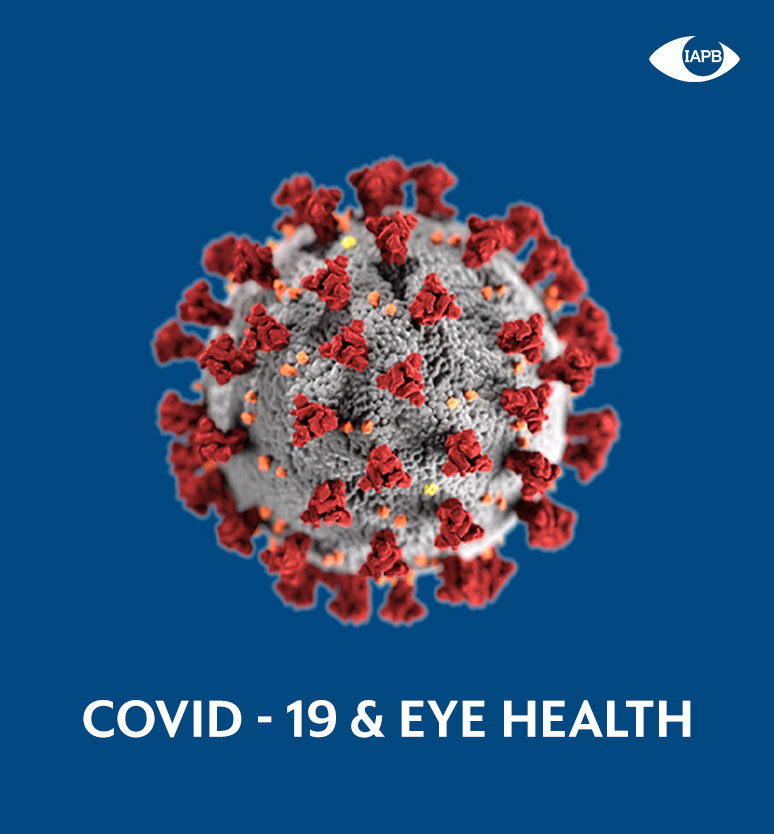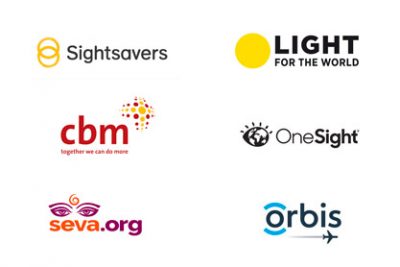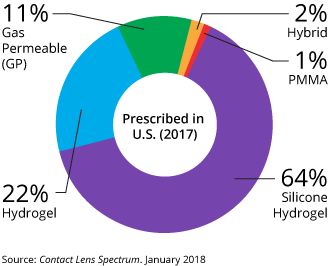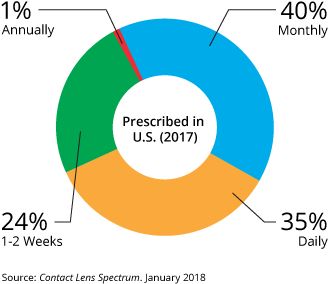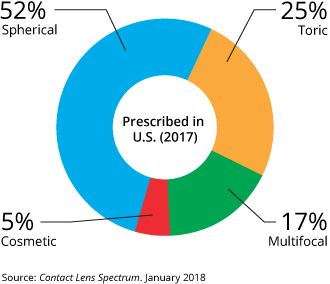IMPORTANT MEDICAL NUMBERS IN THE LIFE OF EVERY HUMAN BEING*
- Blood pressure: 120 / 80
- Pulse: 70 – 100
- Temperature: 36.8 – 37
- Respiration: 12-16
- Hemoglobin: Males (13.50-18)
Females ( 11.50 – 16 ) - Cholesterol: 130 – 200
- Potassium: 3.50 – 5
- Sodium: 135 – 145
- Triglycerides: 220
- The amount of blood in the body:
Pcv 30-40% - Sugar: for Children (70-130)
Adults: 70 – 115 - Iron: 8-15 mg
- White blood cells: 4000 – 11000
- Platelets: 150,000 – 400,000
- Red blood cells: 4.50 – 6 million..
- Calcium: 8.6 – 10.3 mg/dL
- Vitamin D3: 20 – 50 ng/ml (nanograms per milliliter)
- Vitamin B12: 200 – 900 pg/ml Tips for those who have reached Over:
the 40years
the 50
the 60 First tip:
Always drink water even if you don’t feel thirsty or need it… the biggest health problems and most of them are from the lack of water in the body. 2 litres Minimum per day (24 hours)
Second tip:
Play sports even when you are at the top of your preoccupation…the body must be moved, even if only by walking…or swimming…or any kind of sports. 🚶 Walking is Good for a Start… 👌
Third Tip:
Reduce food…
Leave excessive food cravings… because it never brings good. Don’t deprive yourself, but reduce the quantities. Use more Of Protein, Carbohydrates based Foods.
Fourth tip
As much as possible, do not use the Car unless absolutely necessary… Try to reach on your Feet for what you want ( grocery, visiting someone…) or any goal. Climb Stairs, than use Elevator, Escalator
Fifth tip
let go of ANGER…
let go of Anger…
let go of anger…
Let go of Worry…. try to overlook things…
Do not involve yourself in situations of Disturbance… they all diminish health and take away the splendor of the soul. Choose a babysitter you feel comfortable with. Talk to People who are Positive and Listen 👂
Sixth tip
As it is said..leave your Money in the Sun.. and sit in the Shade.. don’t limit yourself and those around you… money was made to live By it, not to live For it.
Seventh tip
Don’t make yourself feel Sorry for anyone, nor on something you could not Achieve,
Nor anything that you could not Own.
Ignore it, Forget it;
Eighth tip
Humility.. then humility.. for Money, Prestige, Power and Influence… they are all things that are corrupted by Arrogance and arrogance..
Humility is what brings people Closer to you with Love. ☺
Ninth tip
If your hair turns Grey, this does not mean the End of Life. It is proof that a Better life has Begun. 🙋 Be Optimistic, live with Remembrance, Travel, Enjoy yourself. Make Memories!
It may help someone when you share it👀
TO ALL ELDERS IN THE HOUSE, KINDLY FOLLOW ME UP. IT IS VERY NECESSARY TO FOLLOW THIS INSTRUCTION STEP BY STEP.
HEALTH HINTS FOR MY ELDERS
However busy you are, observe all these to remain healthy:
::::::::::::::::::::::::::::::::::::
Drink less milk in your tea. Instead, add lemon or lime juice.
In the day time, drink more water; but night time, drink less. In the day don’t drink more than 2 cups of coffee, Advisable To Stop Completely too.
Eat less oily foods. Best sleeping times are between 10pm to 6am.
In the evening, eat little or nothing after 5 or 6pm.
~~~~~~~~~~~~~
Don't take medicines with cold water but with warm, and take your medicines half an hour before going to bed. Never take medicines and lie down immediately. As you aged further , stop drinking chilled water but drink only water at room temperature
Try to sleep for at least 8 hours per day.Having a nap for an hour and a half between noon and 3pm, to relieve stress and keep younger and not age easily.
Once your mobile phone battery is left with only one bar, don't make calls anymore, because the dangerous radiation and waves are one many times higher than a fully charged battery.Use your left ear to answer calls, right ear will directly hurt your brain. 😳 Better still to use earphones to answer calls.
Two things to check as often as you can:
(1) Your blood pressure
(2) Your blood sugar.Six things to reduce to the minimum on your foods:
(1) Salt
(2) Sugar
(3) Preserved meat and foods
(4) Red meat especially roasted
(5) Dairy products
(6) Starchy products
Four things to increase in your foods:
(1) Greens/vegetables
(2) Beans
(3) Fruits
(4) Nuts Three things you need to forget:
(1) Your age 😮
(2) Your past 🤔
(3) Your worries/grievances 👍🏽
Four things you must have, no matter how weak or how strong you are:
(1) Friends who truly love you
(2) Caring family
(3) Positive thoughts
(4) A warm home.Seven things you need to do to stay healthy:
(1) Singing
(2) Dancing
(3) Fasting
(4) Smiling/laughing
(5) Trek/exercise
(6) Have sex often with your love
(7) Reduce your weight.
Six things you don't have to do:
(1) Don't wait till you are hungry to eat
(2) Don't wait till you are thirsty to drink
(3) Don't wait till you are sleepy to sleep
(4) Don't wait till you feel tired to rest
(5) Don't wait till you get sick to go for medical check-ups otherwise you will only regret later in life
(6) Don’t wait till you have problem before you pray to your God.One thing you must do after reading these health tips:
(1) Forward this to your loved ones and friends, and as you do so, may God bless U.
While go about your normal business please let’s remember to always check our body to know how fit you are. Health is wealth.
MEDICAL FITNES
HIGH BP
----------120/80 — Normal
130/85 –Normal (Control)
140/90 — High
150/95 — V.High
PULSE
--------72 per minute (standard)
60 — 80 p.m. (Normal)
40 — 180 p.m.(abnormal)
TEMPERATURE
-----------------98.4 F (Normal)
99.0 F Above (Fever)
Please help your Relatives, Friends by sharing this information….
Heart Attacks- – –
Drinking Warm
Water:
This is a very good article. Not only about the warm water after your meal,
but about Heart Attack’s . The Chinese and Japanese drink hot tea with their
meals, not cold water, maybe it is time we adopt
their drinking habit while
eating. For those who like to drink cold water, this
article is applicable to
you. It is very Harmful to have Cold Drink/Water during a meal. Because,
the cold water will solidify the oily stuff that you
have just consumed. It will
slow down the digestion. Once this ‘sludge’
reacts with the acid, it will break down and be
absorbed by the intestine faster than the solid food. It will line the intestine. Very soon, this will turn into fats
and lead to cancer . It is best to drink hot soup
or warm water after a meal.
French fries and Burgers
are the biggest enemy of heart health. A coke after that gives more power to
this demon. Avoid them for
your Heart’s & Health.
Drink one glass of warm water just when you are about to go to bed to avoid clotting of the blood at night to avoid heart attacks or strokes.
A cardiologist says if everyone who reads this
message sends it to 10 people, you can be sure that we’ll save at least
one life. …
So, please be a true friend and send this article to people you care about.
Must read 👆👌
Cheers And Enjoy life
Know your genotype before you say yes to that handsome guy or to that beautiful lady whom you wish to spend the rest of your life with…
Genotype & It’s Appropriate Suitor:
AA + AA = Excellent
AA + AS = Good
AA + SS = Fair
AS + AS = Bad
AS + SS = Very Bad
SS + SS = Extremely Bad (In fact, don’t try it)
SickleCellAwareness
💉BLOOD GROUP COMPATIBILITY 💉
What’s Your Type and how common is it?
O+ 1 in 3 37.4%
(Most common)
A+ 1 in 3 35.7%
B+ 1 in 12 8.5%
AB+ 1 in 29 3.4%
O- 1 in 15 6.6%
A- 1 in 16 6.3%
B- 1 in 67 1.5%
AB- 1 in 167 .6%
(Rarest)
Compatible Blood Types
O- can receive O-
O+ can receive O+, O-
A- can receive A-, O-
A+ can receive A+, A-, O+, O-
B- can receive B-, O-
B+ can receive B+, B-, O+, O-
AB- can receive AB-, B-, A-, O-
AB+ can receive AB+, AB-, B+, B-, A+, A-, O+, O-b
This is an important msg which can save a life! A life could be saved….
: Your Blood group also speaks about you.
🅰️(+) : Good leadership.
🅰️(-) : Hardworking.
🅱️(+) : Can Sacrifice for others and very ambitious, tolerance.
🅱️(-) : Non flexible, Selfish & Sadistic.
🅾️(+) : Born to help.
🅾️(-) : Narrow minded.
🆎(+) : Very difficult to understand.
🆎(-) : Sharp & Intelligent.
What is ur blood group ?
Try….It….share the Fantastic information..
EFFECT OF WATER
💐 We Know Water is
important but never
knew about the
Special Times one
has to drink it.. !!
Did you ??? 💦 Drinking Water at the
Right Time ⏰
Maximizes its
effectiveness on the
Human Body;
1⃣ 1 Glass of Water
after waking up -
🕕⛅ helps to
activate internal
organs..
2⃣ 1 Glass of Water
30 Minutes 🕧
before a Meal -
helps digestion..
3⃣ 1 Glass of Water
before taking a
Bath 🚿 - helps
lower your blood
pressure.
4⃣ 1 Glass of Water
before going to
Bed - 🕙 avoids
Stroke or Heart
Attack.
'When someone
shares something of
value with you and
you benefit from it,
You have a moral
obligation to share it
with others.